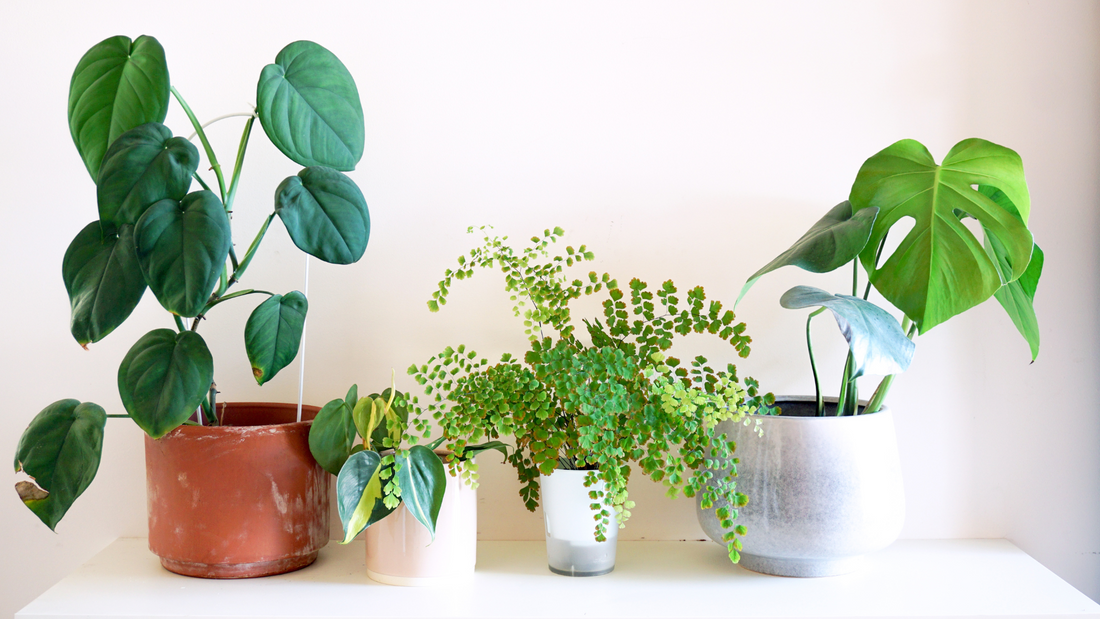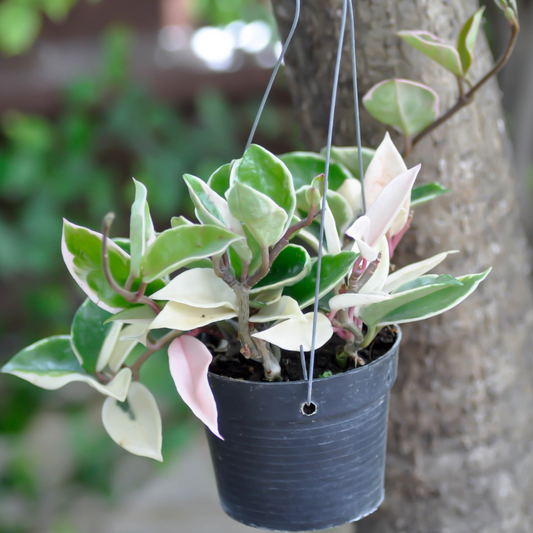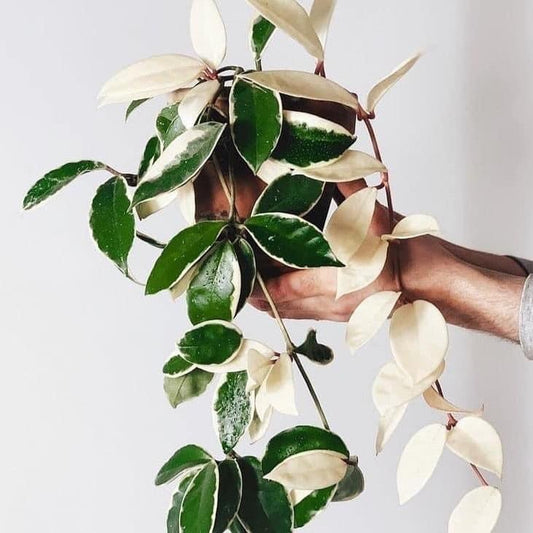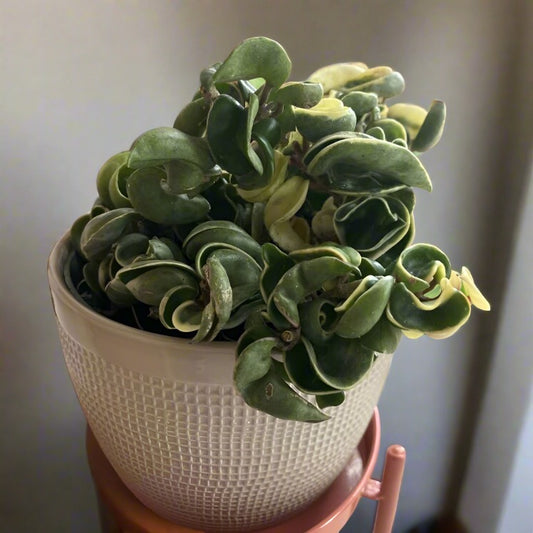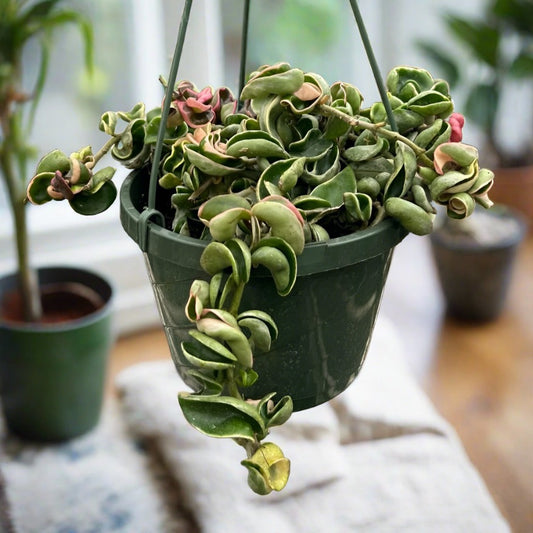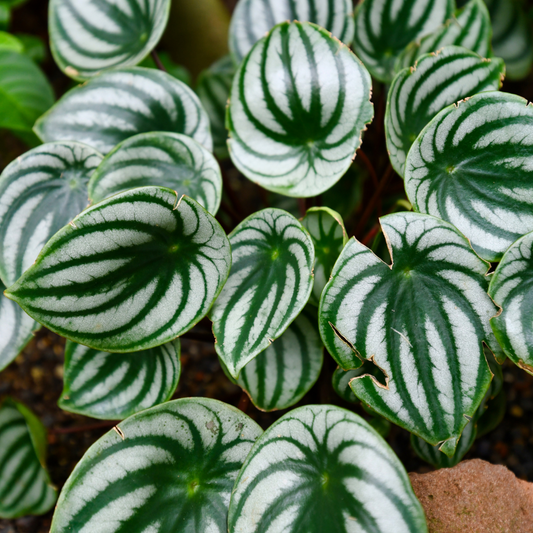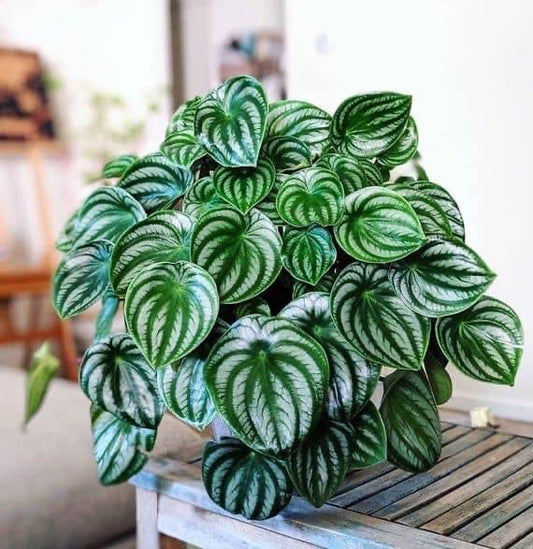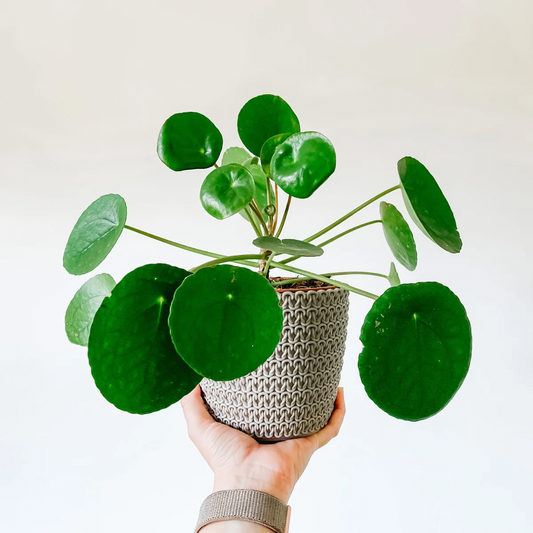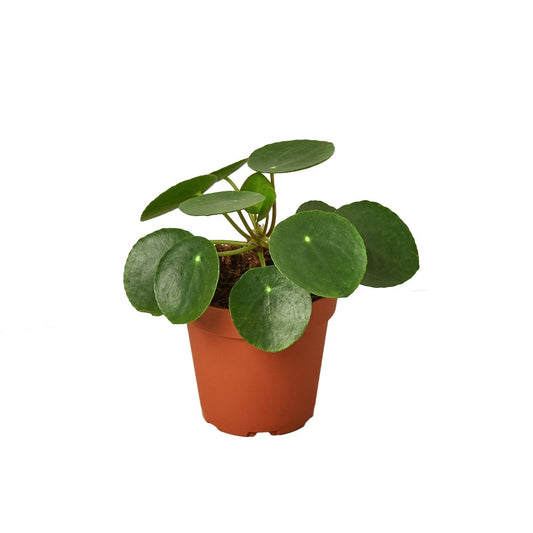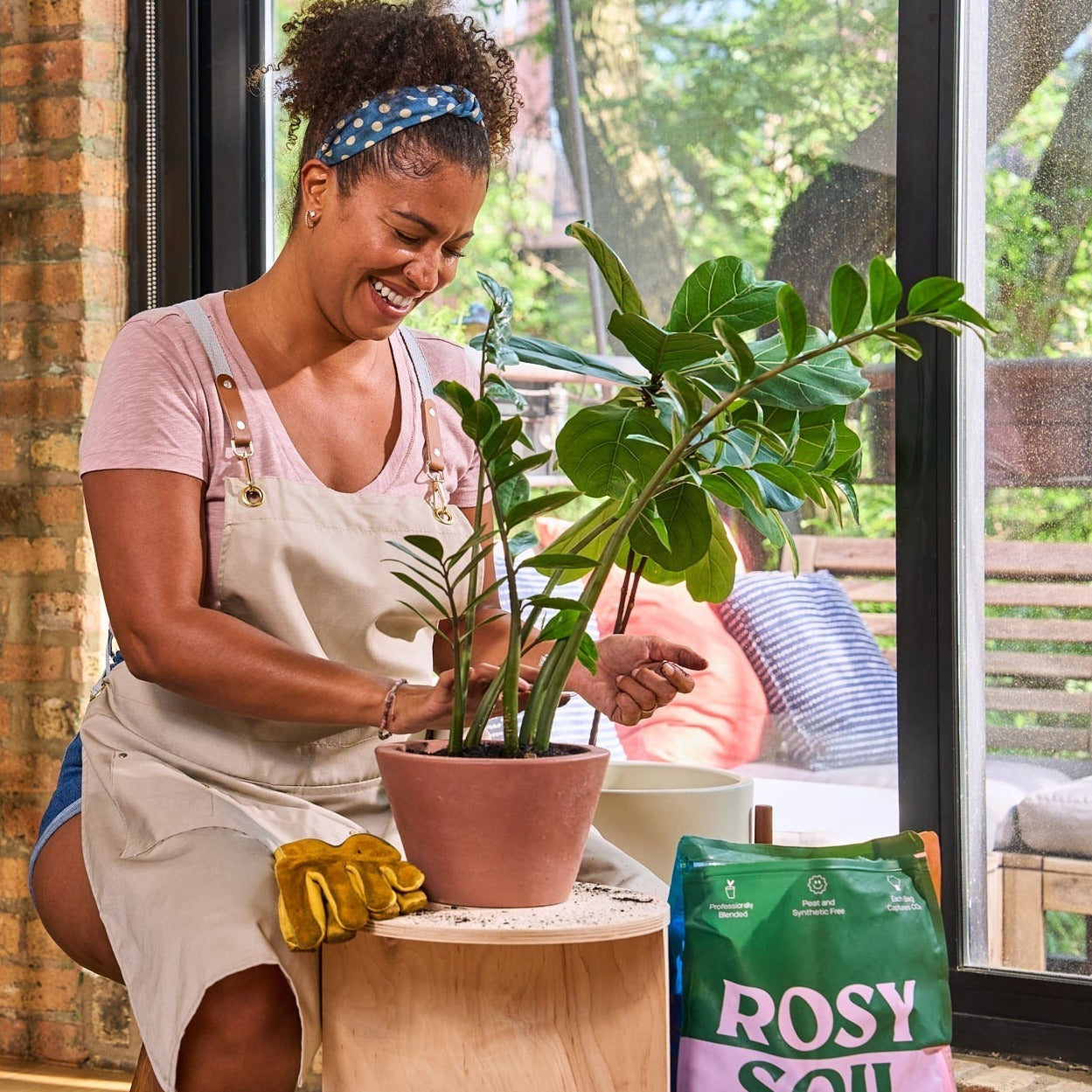
Indoor plants, with their lush greenery and air-purifying abilities, have become cherished additions to many homes. Bringing a new plant into your space is exciting, but to ensure it thrives, there are essential steps to take right from the start. In this guide, we'll explore the first things you should do when you buy an indoor plant, setting the stage for a healthy, vibrant addition to your home.
1. Inspect the Soil
Upon bringing your new plant home, the first thing you should do is examine the soil. Healthy soil is the foundation for a thriving plant. Here's what to look for:
-
Moisture Level: Stick your finger about an inch into the soil. If it feels excessively dry, it's time for a thorough watering. Conversely, if it's soggy, the plant may have been overwatered.
-
Pests and Disease: Check for any signs of pests or diseases on the soil's surface or the plant's lower leaves. Isolate the plant if you notice anything suspicious.
2. Keep It in the Nursery Pot for a While
Resist the urge to immediately repot your new plant into a decorative container. Instead, keep it in the nursery pot for a few weeks. Here's why:
-
Acclimatization: Plants can experience stress when moved to a new environment. Allowing them to acclimate to your home's conditions in their existing pot reduces transplant shock.
-
Assess Growth: During this time, observe your plant's growth and health. If any issues arise, it's easier to address them when the plant is in its nursery pot.

3. Treat for Pests (Even if You Don't See Any)
Even if your new plant appears pest-free, it's wise to treat it preventatively. Pests can hide in the soil or on the plant itself, and catching an infestation early is crucial. Consider these preventive measures:
-
Quarantine Period: Keep your new plant separate from your existing ones for a few weeks. This minimizes the risk of spreading pests to healthy plants.
-
Neem Oil: Apply a diluted neem oil solution to the leaves and soil. Neem oil is an effective, natural pest deterrent.
4. Find the Ideal Location
Determine the best spot for your plant before settling it in. Factors to consider include:
-
Light Requirements: Different plants have varying light needs. Some thrive in bright, indirect light, while others prefer shade. Place your plant accordingly.
-
Temperature and Humidity: Research your plant's preferred temperature range and humidity levels. Maintain these conditions for optimal growth.
5. Water Wisely
Overwatering is a common mistake when caring for indoor plants. Here's how to water your new addition:
-
Watering Schedule: Develop a consistent watering schedule based on your plant's specific needs. It's often better to underwater than overwater.
-
Pot Drainage: Ensure the pot has drainage holes to prevent water from pooling at the roots.
6. Monitor and Adjust
Caring for indoor plants is an ongoing process. Regularly inspect your plant for any changes in its appearance or health. Adjust your care routine as needed, whether it's modifying the watering schedule, repotting, or addressing any signs of stress.
By following these initial steps, you set the stage for a healthy and thriving indoor plant. Remember that each plant is unique, so take the time to learn its individual preferences and watch as it flourishes in your home. Happy planting!

